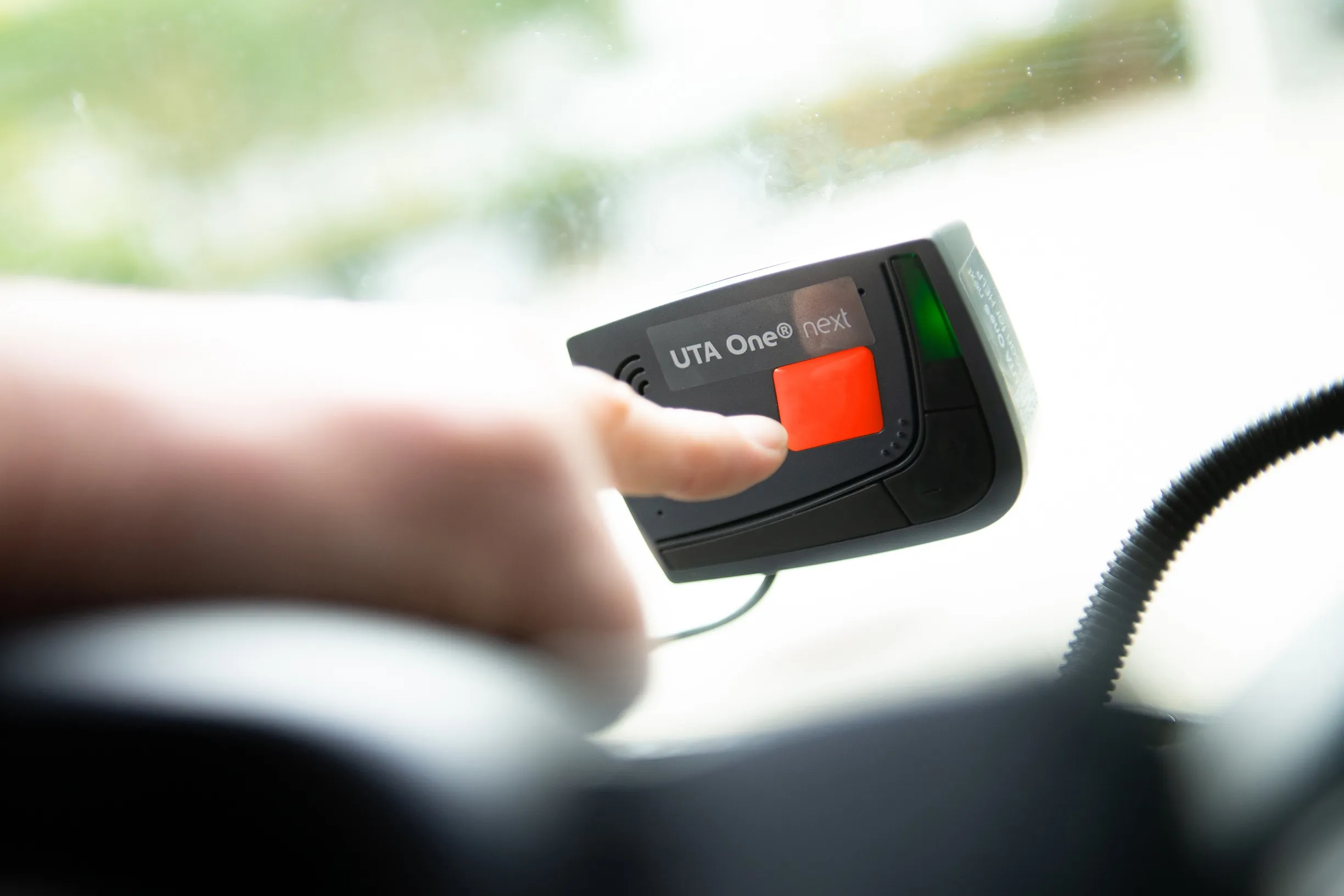Approaching the end of its first year of activities, the European CO-GISTICS (Co-Logistics) project has revealed the reference architecture that will be used for all pilot sites and services. The architecture details the standards and policies to be used to ensure interoperability and the ability to replicate the services at a wider European level.
CO-GISTICS is the first European project fully dedicated to the deployment of cooperative intelligent transport systems (C-ITS) applied to logistics.
CO-GI
October 22, 2014
Read time: 2 mins
Approaching the end of its first year of activities, the European CO-GISTICS (Co-Logistics) project has revealed the reference architecture that will be used for all pilot sites and services. The architecture details the standards and policies to be used to ensure interoperability and the ability to replicate the services at a wider European level.
CO-GISTICS is the first European project fully dedicated to the deployment of cooperative intelligent transport systems (C-ITS) applied to logistics.
CO-GISTICS services will be deployed in seven logistics hubs, Arad (Romania), Bordeaux (France), Bilbao (Spain), Frankfurt (Germany), Thessaloniki (Greece), Trieste (Italy) and Vigo (Spain).
With 33 partners including public authorities, fleet operators, trucks, freight forwarders, terminal operators and logistics providers, the CO-GISTICS consortium will install the services on at least 325 trucks and vans and runs until January 2016.
A detailed technical architecture has also been produced for each pilot site taking into account core and local services.
The CO-GISTICS pilot site in Bordeaux will implement the different services in three ways: locally around the city of Bordeaux and in the Grand Port Maritime of Bordeaux; on a long-distance scale along a corridor; and internationally with a link to the Bilbao pilot site in Spain.
The main characteristics of the architecture are vertical and uniform support for connectivity from cooperative systems to logistics applications levels and interaction with freight objects and services through M2M interfaces and real-time communication capabilities.
“In this context, the CO-GISTICS reference architecture should merge different systems and solutions coming from the ITS environment (already tested and validated in most of the sites selected in the project), together with new core services as the traffic and itinerary services, the CO2 monitoring service as well as cloud service to facilitate real time communication and freight object virtualisation to support the five cooperative logistics services,” said German Herrero, head of Transport & Trade Logistics Sector at ATOS and responsible for the implementation of the reference architecture.
CO-GISTICS is the first European project fully dedicated to the deployment of cooperative intelligent transport systems (C-ITS) applied to logistics.
CO-GISTICS services will be deployed in seven logistics hubs, Arad (Romania), Bordeaux (France), Bilbao (Spain), Frankfurt (Germany), Thessaloniki (Greece), Trieste (Italy) and Vigo (Spain).
With 33 partners including public authorities, fleet operators, trucks, freight forwarders, terminal operators and logistics providers, the CO-GISTICS consortium will install the services on at least 325 trucks and vans and runs until January 2016.
A detailed technical architecture has also been produced for each pilot site taking into account core and local services.
The CO-GISTICS pilot site in Bordeaux will implement the different services in three ways: locally around the city of Bordeaux and in the Grand Port Maritime of Bordeaux; on a long-distance scale along a corridor; and internationally with a link to the Bilbao pilot site in Spain.
The main characteristics of the architecture are vertical and uniform support for connectivity from cooperative systems to logistics applications levels and interaction with freight objects and services through M2M interfaces and real-time communication capabilities.
“In this context, the CO-GISTICS reference architecture should merge different systems and solutions coming from the ITS environment (already tested and validated in most of the sites selected in the project), together with new core services as the traffic and itinerary services, the CO2 monitoring service as well as cloud service to facilitate real time communication and freight object virtualisation to support the five cooperative logistics services,” said German Herrero, head of Transport & Trade Logistics Sector at ATOS and responsible for the implementation of the reference architecture.










